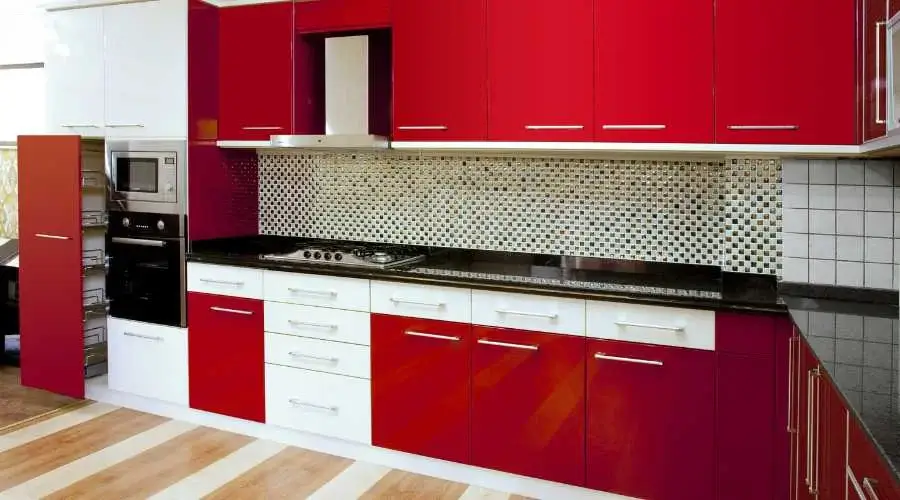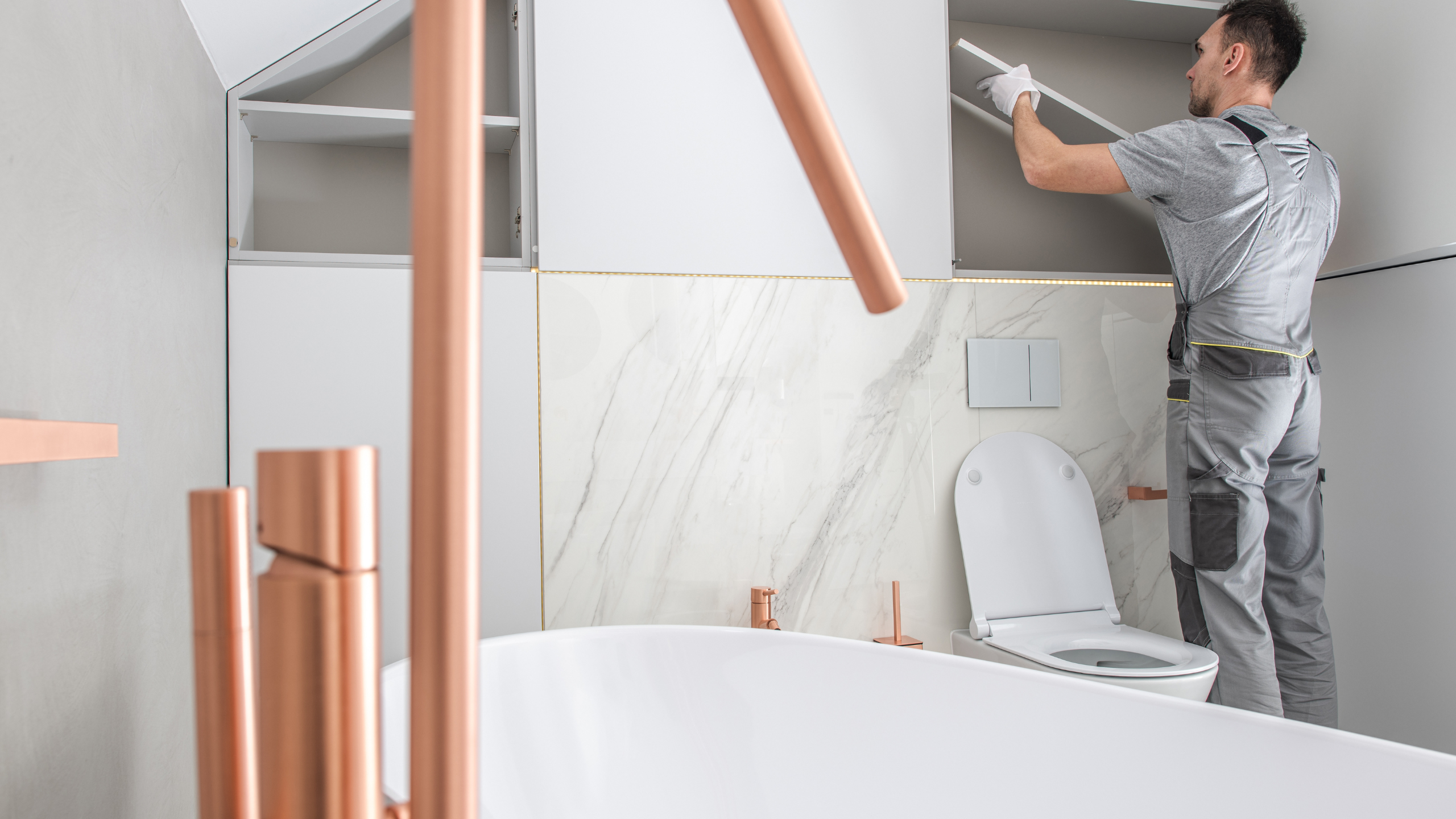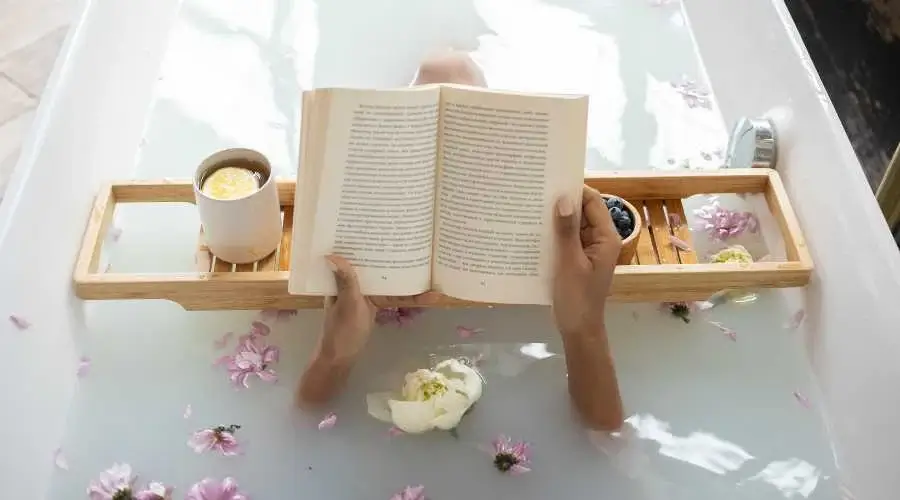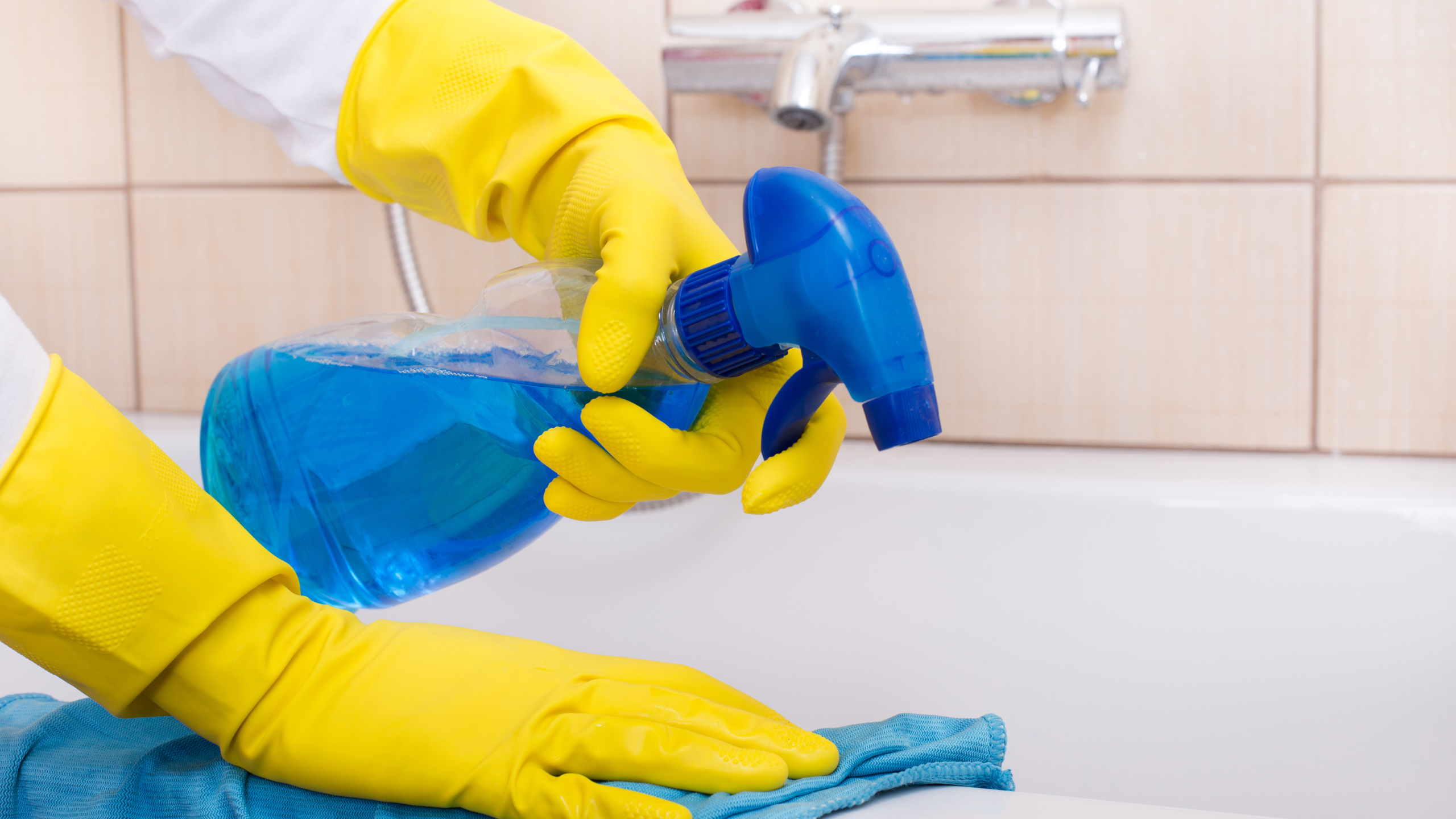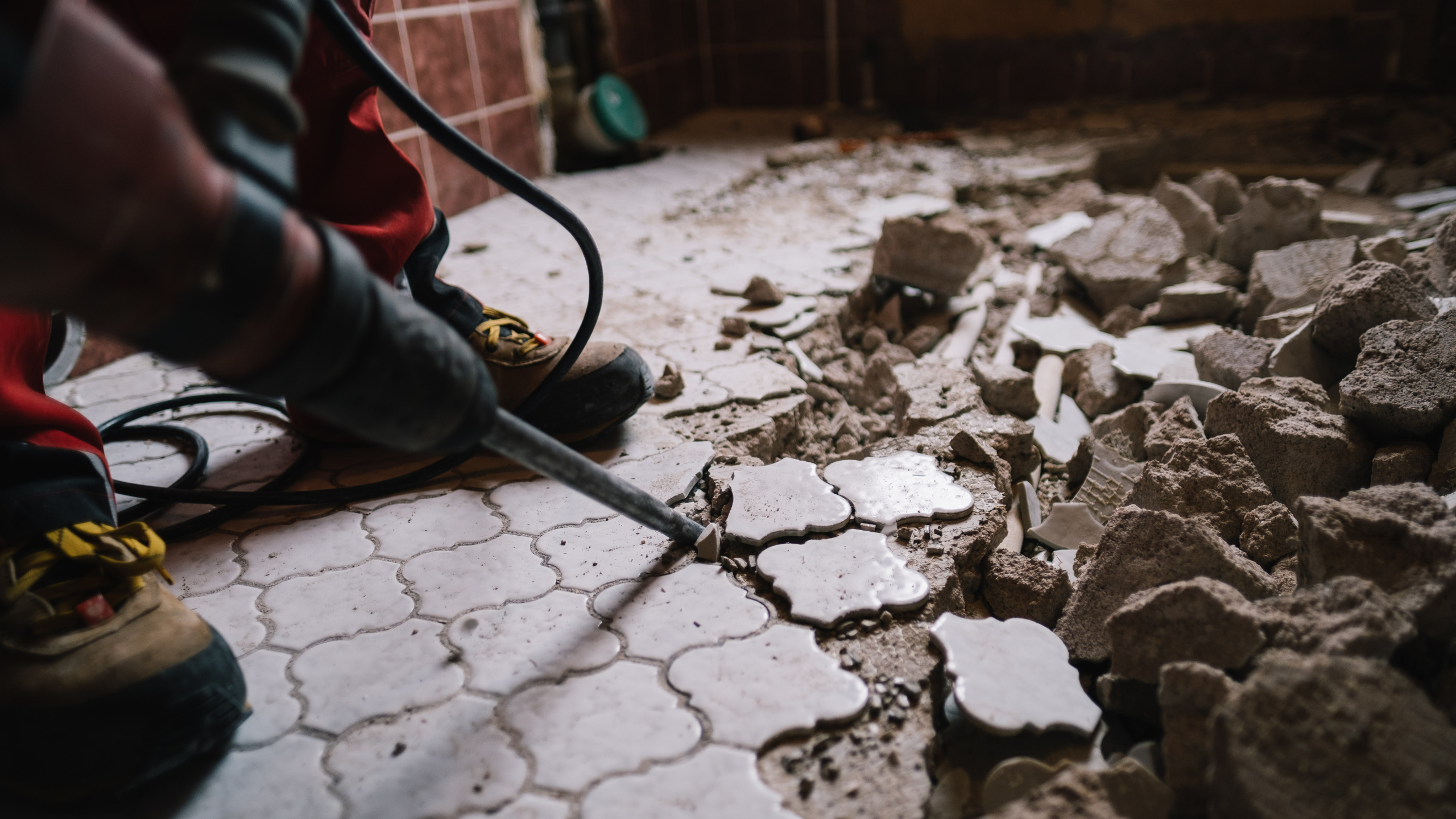The kitchen is the center of your house; therefore, if you ever want to sell it, this is one of the areas where you should add the “wow factor.” It is unnecessary to redo the kitchen completely; instead, something as simple as painting the cabinets might enhance the whole space. One of the best investments you can make in your kitchen is to have the cabinets in your kitchen refinished. We’ll walk you step-by-step through the painting process for kitchen cabinets.
Step 1: Remove Doors, Drawers and Hardware
Before painting, all cabinet doors, drawers, and hardware must be removed. If you wish to reuse the hardware, keep it safe, like a Ziploc bag. Numbering your doors may help you remember where to place them when needed. Although this may seem lovely, it is a waste of time since you will paint over those numbers. I replaced the hinges I had removed with new ones in a different color—I went from bronze to black. Because everything was already in place, replacing the doors was a breeze, though I did have to play a little musical door. It makes no difference whether you use a different hinge.
Step 2: Clean and Sand the Cabinet Surfaces
After you’ve removed all the doors, drawers, and hardware, it’s time to begin the power cleaning stage of kitchen cabinet refinishing. Start by washing with a Dawn dish soap and water mixture. Scrub with a green Scotch Brite pad, then rinse and dry with paper towels. Scrub with a green Scotch Brite pad one more, then dry with a 50/50 mixture of denatured alcohol and water on paper towels. Sand the surfaces after cleaning with a 220 grit sanding pad or sponge.
Step 3: Mask the Area
This is the most time-consuming step. Mask off the flooring around the cabinets and openings, and cover everything you don’t want paint on. After you’ve taped off everything, you may start painting your cabinets.
Step 4: Apply Primer to Your Kitchen Cabinets
Apply a stain blocker primer, such as General Finishes Water Based Stain Blocker.
The primer may be applied with a brush. However, an HVLP sprayer with a 1.3mm air cap set was quicker. Spraying the structure of your kitchen cabinets is straightforward, but spreading the doors is more complicated. I made a swiveling platform from painter’s pyramids to paint the doors.
You must also pick where you will hang the doors to dry. Most cabinet refinishers use drying racks, but I bored a tiny hole at the end of the door, inserted a little hook, and hung them on a wire I strung across my garage.
Priming your kitchen cabinet drawers is a straightforward process. Prime the faces and mask the drawer boxes with regular paper. Allow two hours between applications to dry before applying two light coatings of stain blocker primer, then sand with 220 in between coats. An accelerator may be used to help the primer dry faster.
Step 5: Apply Cabinet Paint
To finish the job, use high-quality cabinet paint, such as General Finishes Milk Paint or White Poly. Spray one or two layers of Milk Paint or White Poly cabinet paint, allowing 1-2 hours between applications to set before sanding with 220. You may either be done at this stage or topcoat with a clear, such as General Finishes Clear Poly. After completing the Antique White Milk Paint, I used a Van Dyke Brown Glaze Effect for the shabby chic distressed look.
Step 6: Apply Clear Coat to Your Cabinets
Apply two or three coats of clear, such as General Finishes water-based Clear Poly in flat, satin, semi-gloss, and gloss. Allow for 1-2 hours of curing time before sanding with 220 between coats. For a faster turnaround, use General Finishes Accelerator. Install the new hardware approximately an hour after applying the last clear coat. You may now enjoy your magnificent new kitchen design.

